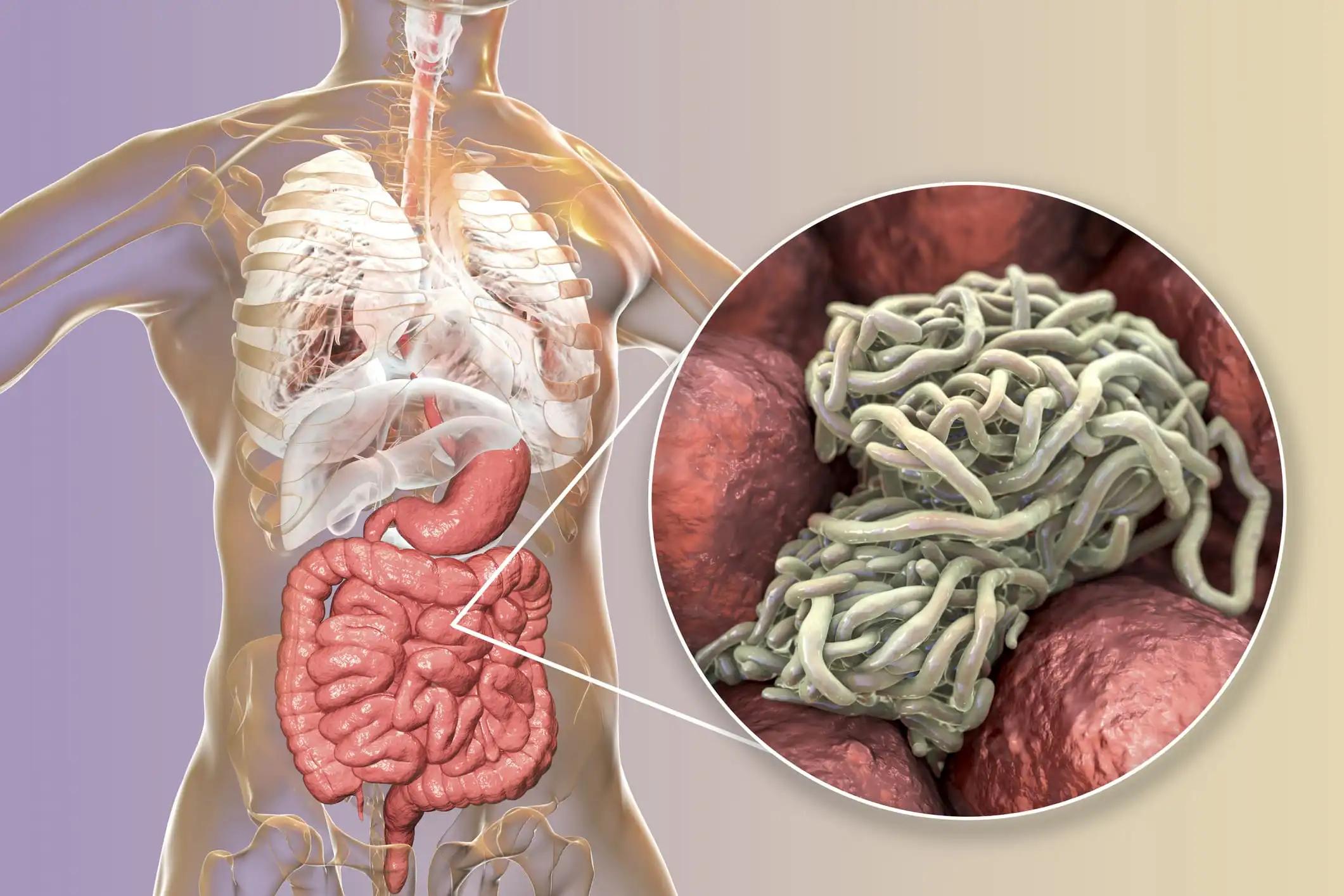KEY TAKEAWAYS
- The FIGHT study is a randomized, double-blind, phase 2 clinical trial (NCT03694522).
- The study’s primary aim was to evaluate the impact of BEMA on HRQoL in patients with breakthrough cancer pain.
- The study relied on the EORTC QLQ-C30 and EQ-5D-5L questionnaires given to patients before, during, and after treatment and utilized mixed models.
- The results showed that the BEMA arm demonstrated numerical superiority in various scales, such as social, role, cognitive, and emotional functioning.
- The study involved a total of 155 patients randomized into BEMA and PBO arms, with high completion rates of >90% for both groups.
- Incorporating BEMA into mFOLFOX6 demonstrated enhanced clinical outcomes without declining health-related quality of life in patients.
The FIGHT study, which was randomized and double-blind and conducted during phase 2, revealed that the median progression-free survival (PFS) at primary analysis, with a data cutoff in September 2020, was 9.5 months (m) when treated with BEMA + mFOLFOX6, compared to 7.4m when treated with PBO + mFOLFOX6 (hazard ratio [HR]: 0.68; 95% confidence interval [CI]: 0.44–1.04). During the DCO in February 2021, the median overall survival (OS) was observed to be 19.2 months as compared to 13.5 months, with a hazard ratio (HR) of 0.60 and a 95% confidence interval (CI) of 0.38-0.94. The present study evaluated the effects of incorporating BEMA into the mFOLFOX6 regimen on Health-Related Quality of Life (HRQoL) in the FIGHT trial.
The post-hoc analyses of the patient’s health-related quality of life (HRQoL) conducted in February 2021 relied on the EORTC QLQ-C30 and EQ-5D-5L questionnaires. These questionnaires were given to the patient before or on the first day of the study, six weeks after the first day, and subsequently every eight weeks during the treatment period. The final questionnaire was administered during the end-of-treatment visit. The alterations in QLQ-C30 scales and EQ-5D (visual analog scale [VAS]) and Utility Index were evaluated utilizing mixed models for repeated measures. Time to first deterioration (of 10 points or more) or death (TTD) in the QLQ-C30 scales was assessed using Kaplan-Meier estimates and Cox models.
A total of 155 patients were subjected to randomization in the Fentanyl Buccal soluble film vs. Placebo in the Treatment of breakthrough cancer pain (FIGHT) study, with 77 patients assigned to the BEMA arm and 78 patients assigned to the PBO arm. The QLQ-C30 and EQ-5D questionnaires exhibited high completion rates (>90%) as per protocol during the treatment period in both groups. The LS mean differences from baseline in QLQ-C30 and EQ-5D were comparable between the treatment arms. The BEMA arm showed numerical superiority in various scales, such as social, role, cognitive, and emotional functioning, as well as VAS, after six weeks. The study arms exhibited similarity in TTD, with no significant scale variation (95% confidence intervals of the hazard ratios encompassed 1). Incorporating BEMA into mFOLFOX6 demonstrated enhanced clinical outcomes without declining health-related quality of life in the FIGHT study. The assessment of HRQoL will be subject to further evaluation during the ongoing confirmatory phase 3 FORTITUDE-101 trial.
Source:https://oncologypro.esmo.org/meeting-resources/esmo-asia-congress/health-related-quality-of-life-hrqol-in-fgfr2b-overexpressing-advanced-gastric-or-gastroesophageal-junction-cancer-g-gejc-results-from-the-fi
Clinical Trial:https://clinicaltrials.gov/ct2/show/NCT03694522
Z.A. Wainberg, P.C. Enzinger, S. Qin, K. Yamaguchi, A. Gnanasakthy, K. Taylor, A. Jamotte, I. Majer, Y. Kang/Health-related quality of life (HRQoL) in FGFR2b-overexpressing, advanced gastric or gastroesophageal junction cancer (G/GEJC): Results from the FIGHT trial comparing bemarituzumab (BEMA) + modified FOLFOX6 (mFOLFOX6) to placebo (PBO) + mFOLFOX6/Annals of Oncology (2022) 33 (suppl_9): S1454-S1484. 10.1016/annonc/annonc1123



